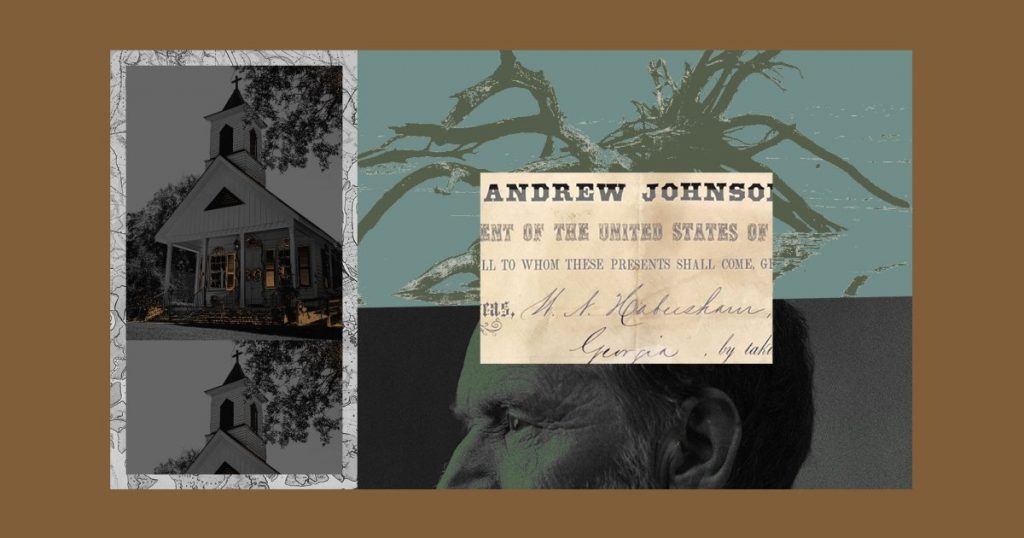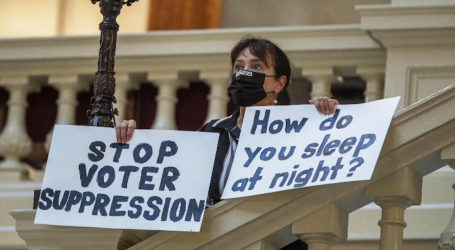This Week’s Episode of Reveal: 40 Acres and a Lie (Part 1 of 3)
Michael Johnson
Fight disinformation: Sign up for the free Mother Jones Daily newsletter and follow the news that matters.
Patricia Bailey’s four-bedroom home sits high among the trees in lush Edisto Island, South Carolina. It’s a peaceful place where her body healed from multiple sclerosis. It’s also the source of her generational wealth.
Bailey built this house on land that was passed down by her great-great-grandfather, Jim Hutchinson, who was enslaved on Edisto before he was freed and became a landowner.
“I know this is sacred land here,” Bailey says, “’cause it’s my ancestors and I feel it.”
Union General William T. Sherman’s Special Field Orders, No. 15—better known as 40 acres and a mule—implied a better life in the waning days of the Civil War. Hutchinson is among the formerly enslaved people who received land through the field orders, which are often thought of as a promise that was never kept. But 40 acres and a mule was more than that.
It was real.
Over a more than two-year investigation, our partners at the Center for Public Integrity have unearthed thousands of records once buried in the National Archives. In them, they found more than 1,200 formerly enslaved people who were given land by the federal government through the field orders—and then saw that land taken away.
None of the land Bailey lives on today is part of Hutchinson’s 40 acres. Instead, her family’s wealth is built on her ancestor’s determination to get and keep land of his own, after losing what he thought he had gained through the field orders.
This week on Reveal, with our partners at the Center for Public Integrity, we bring you the first in a three-part series in which we tell the history of an often-misunderstood government program. We explore a reparation that wasn’t—and the wealth gap that remains.
COMING SOON
40 Acres and a Lie, Part 2
June 22: In 1865, Skidaway Island, Georgia, was becoming a Black utopia. Former cotton plantations gave way to a self-governing Black community. That is, until the federal government revoked 40 acres for tens of thousands of formerly enslaved people and returned the land to former slaveholders. Today, much of Skidaway Island belongs to The Landings, a wealthy, mostly white gated community.
40 Acres and a Lie, Part 3
June 29: 40 Acres and a Mule has come to represent an unpaid debt, and it’s served as a rallying cry for generations of Black citizens demanding reparations. The final episode in this series explores how the debate around reparations has moved from the fringes to the mainstream, as a rising number of states, cities, and even one county in the South are actively exploring making amends.
Learn more: 40 Acres and a Lie
Top illustration: Michael Johnson: Source images: Photo12/Universal Images Group/Getty; Rosana Lucia; Nadia Hamdan; National Archives (2)





